Global Agriculture Posts
Expanding Farmlands Create Perfect Storm for Plague in East Africa
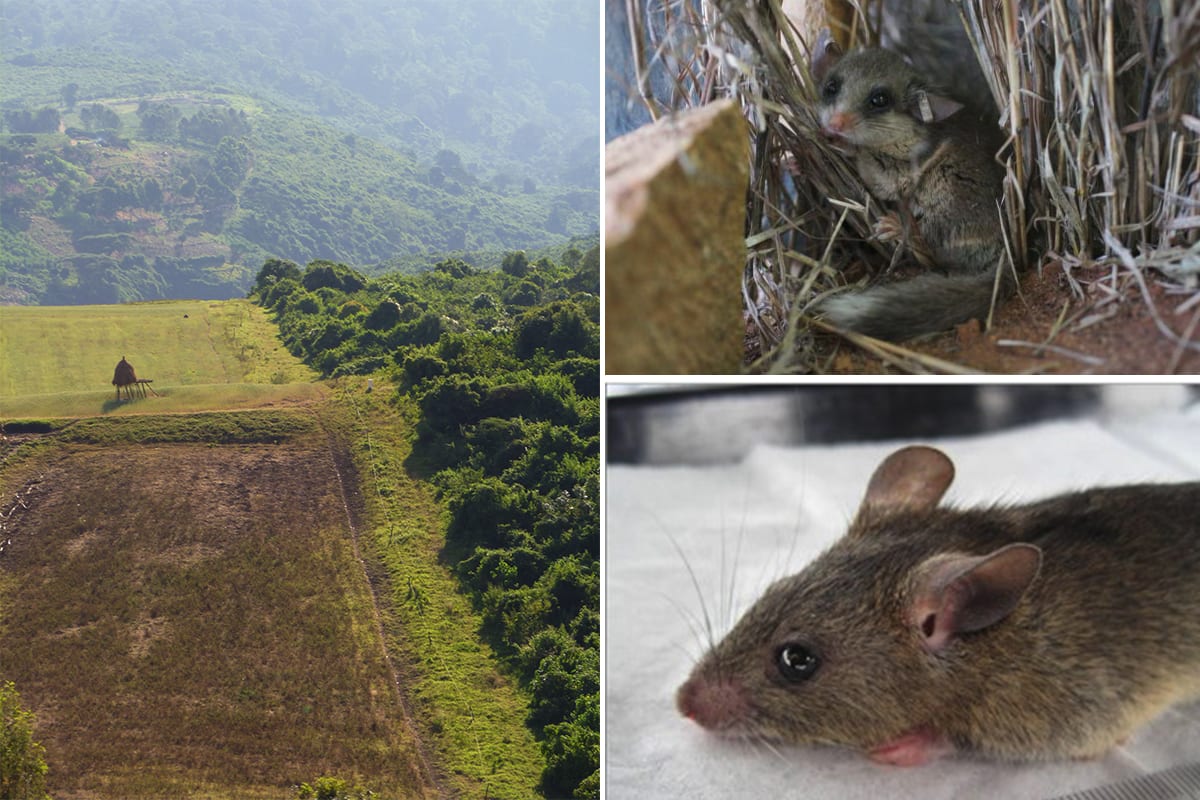
A new study published in the American Journal of Tropical Medicine and Hygiene found the push to boost food production that is accelerating the conversion of natural lands into croplands in Tanzania may be significantly increasing the risk of plague. Researchers discovered that where maize production has been introduced, the number of rodents infested with plague-carrying fleas that can cause human infections nearly doubled compared to numbers in neighboring forest areas.
Can a List Save the World’s Forests?

Did you know that more than 50 percent of products on grocery store shelves contain ingredients—from palm oil to soy—that likely contributed to the destruction of rainforests? Fortunately, dozens of companies—from Kellogg’s to Mars, Inc.—have recently made pledges to remove forest destruction from the supply chains of their products.
Food Safety in Africa’s ‘Wet’ Markets

If you’ve been to any part of sub-Saharan Africa, you know that the large majority of food consumed (about 85 to 95 percent) passes through informal channels: vegetable, milk and meat stalls and outdoor markets cater to customers across urban centers and rural landscapes alike. And while the food sold there is often safe, sometimes it’s not. And when it’s not, people get sick. Some people die.
Conversations in Development: Livestock—the Unsung Heroes of International Development
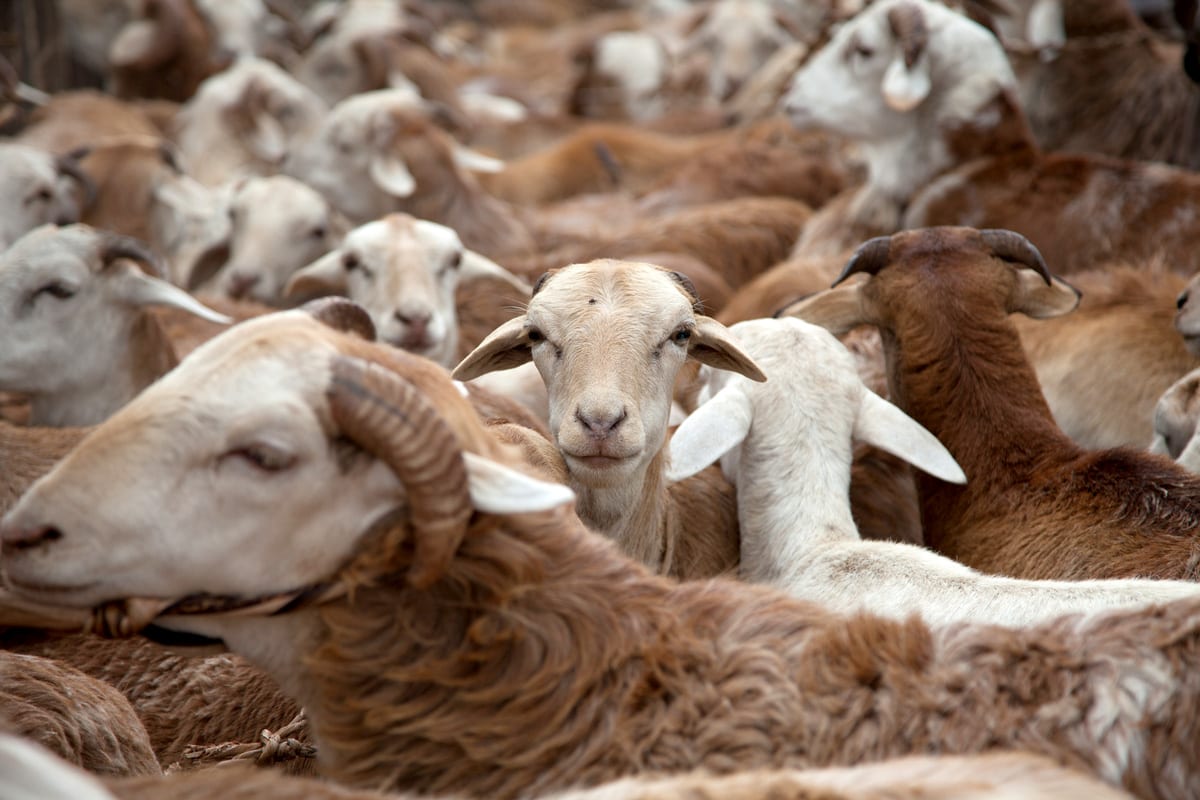
Cattle, goats, chickens and other farm animals are the unsung heroes of international development. More than 600 million rural poor depend on their animals to survive, and livestock contribute up to 80 percent of agricultural GDP in developing countries.
Conversations in Development: The Critical Role of Women in Agriculture
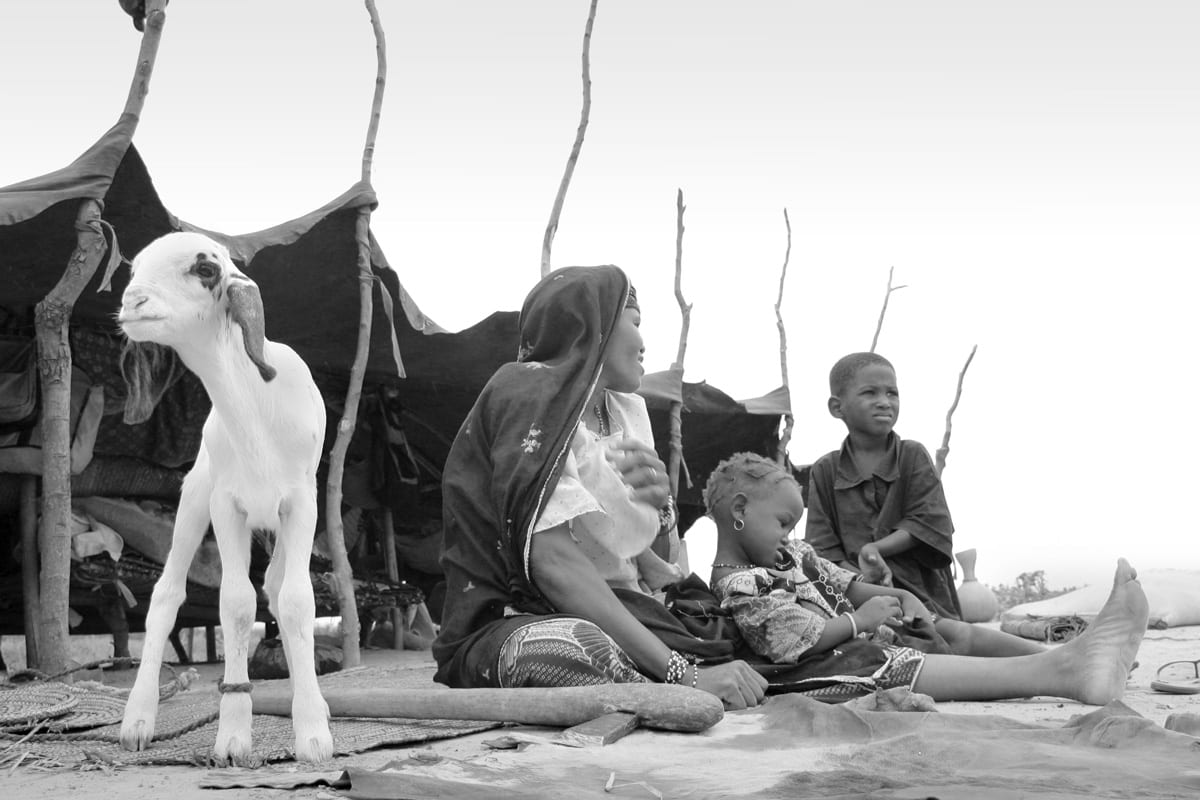
The majority of those who produce, process, and market Africa’s food are women, but only one in four agricultural researchers and one in seven agricultural policymakers is female
Dialing Back on the Drivers of Global Disease Outbreaks: A Look Inside the ‘Black Box’

These ‘causes of causes‘ of zoonotic disease outbreaks and their spread are pinpointed in a paper published in the Proceedings of the National Academy of Sciences (PNAS). Scientists argue in this paper that we’ll only become capable of preventing or stopping the next pandemic when we better understand the drivers of disease emergence.
Big Facts Cut Through the Climate Change Clutter
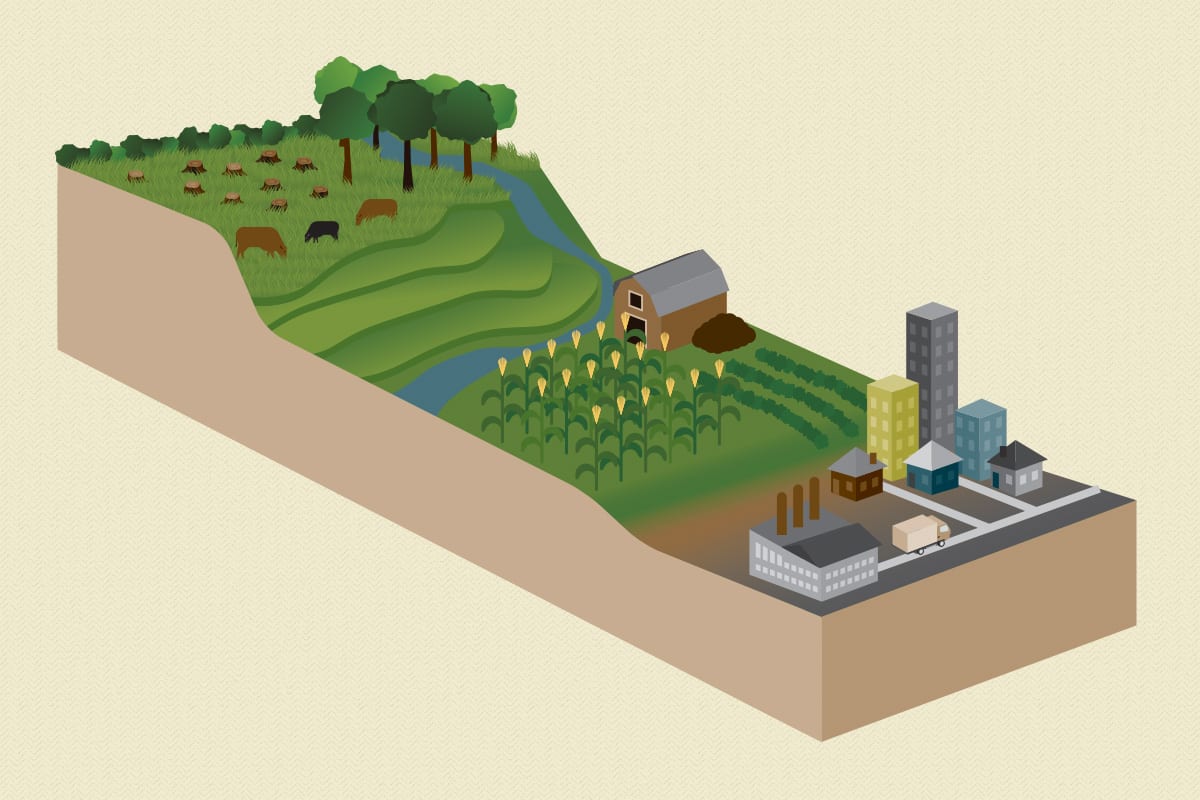
The CGIAR Research Program on Climate Change, Agriculture, and Food Security (CCAFS), a Burness client, launched in Doha a set of 30 definitive facts that negotiators can rely on to understand the link between climate change and agriculture—a hot topic at the negotiations this year.
Water from the Nile—Is There Enough for Everybody?
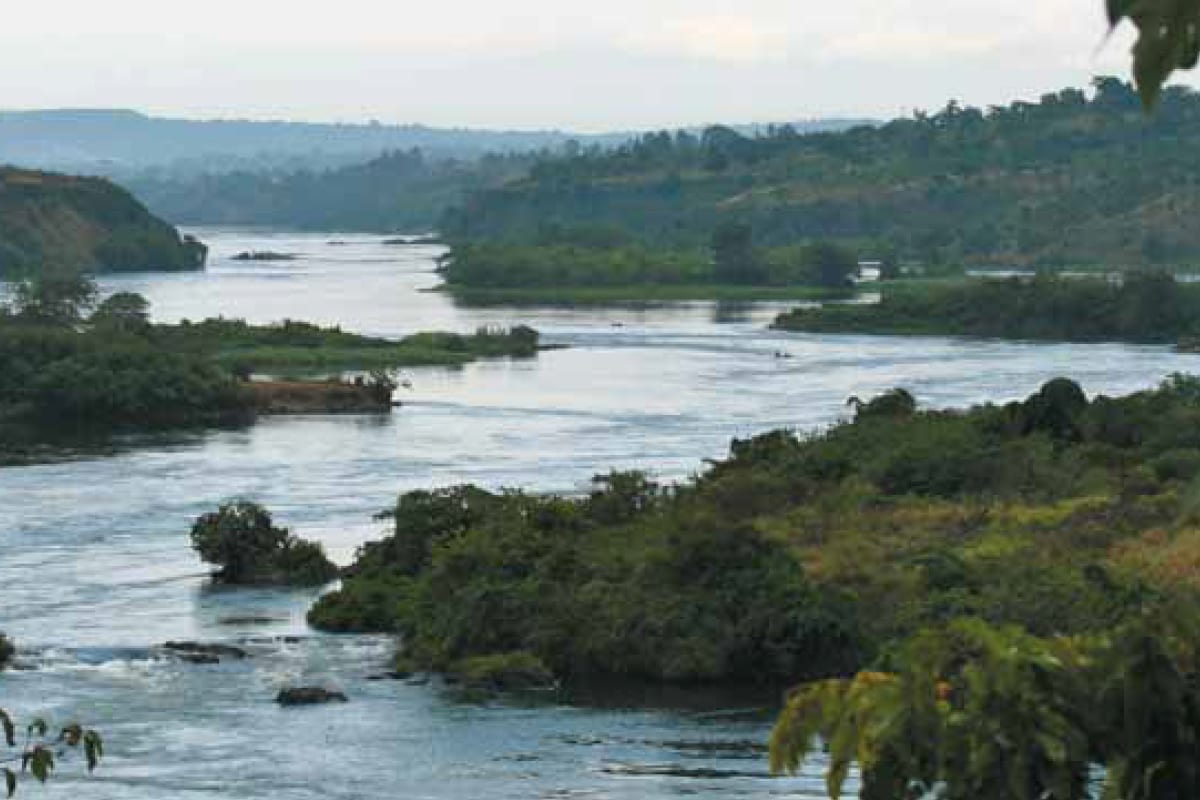
When South Sudan became an independent country, it also became the eleventh country to share the world’s longest river, the Nile. So many nations drawing from one source of water inevitably results in political and environmental complications. But a new … Continue reading Water from the Nile—Is There Enough for Everybody?
Can Bananas Feed the World if Climate Change Worsens?

Hurricane Sandy crashed into the northeast U.S. at the end of October 2012, demonstrating the type of severe weather that climate change is expected to bring with increasing regularity. At the same time, the CGIAR Research Program on Climate Change, Agriculture and Food Security (CCAFS)—a Burness client—released two research papers looking at how feeding the world contributes to global warming, and how agriculture in particular needs to be revamped as climate change continues to worsen.
Progress in East Africa as Farmers Begin Adapting to Changing Weather
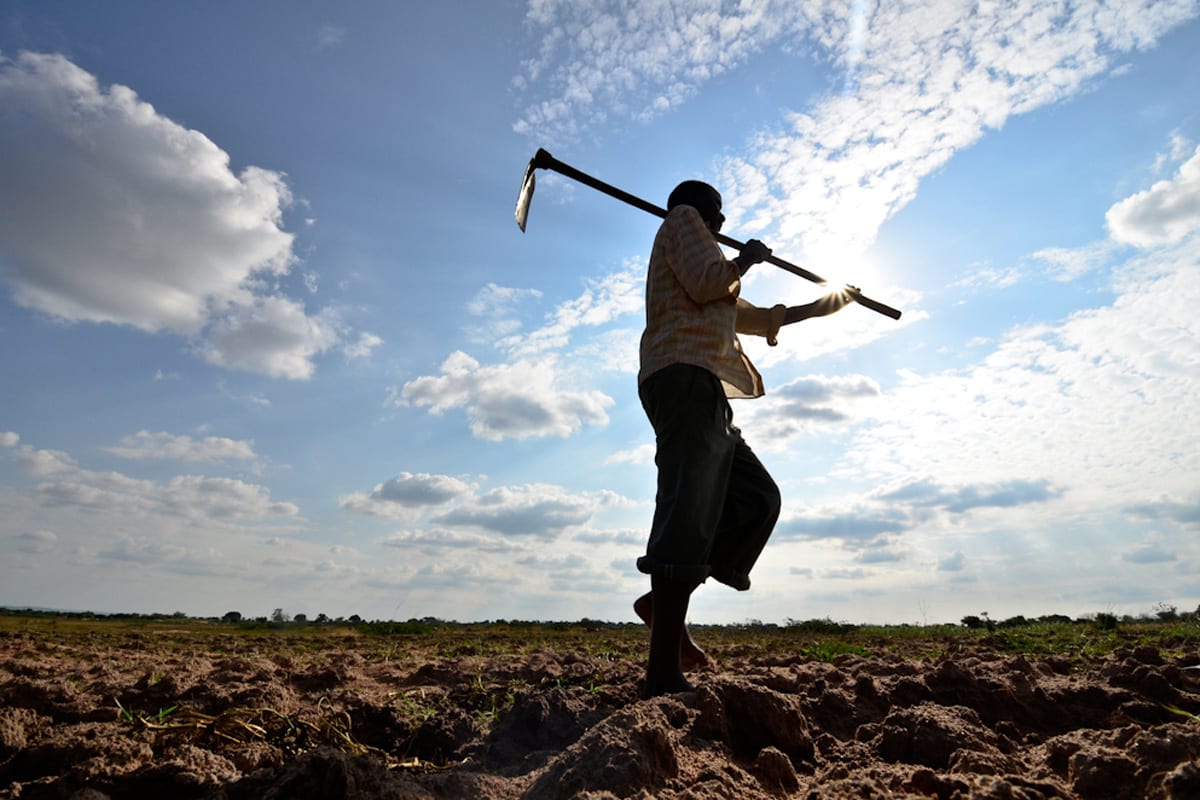
In a year when abnormal weather has wreaked havoc on farmers around the globe—from record drought in the U.S. to the failed monsoon in India—new research recently published by the CGIAR Research Program on Climate Change, Agriculture and Food Security (CCAFS) shows that smallholder farmers across East Africa have started to adapt to the changing climate.
